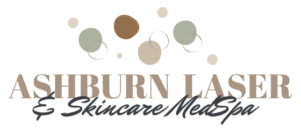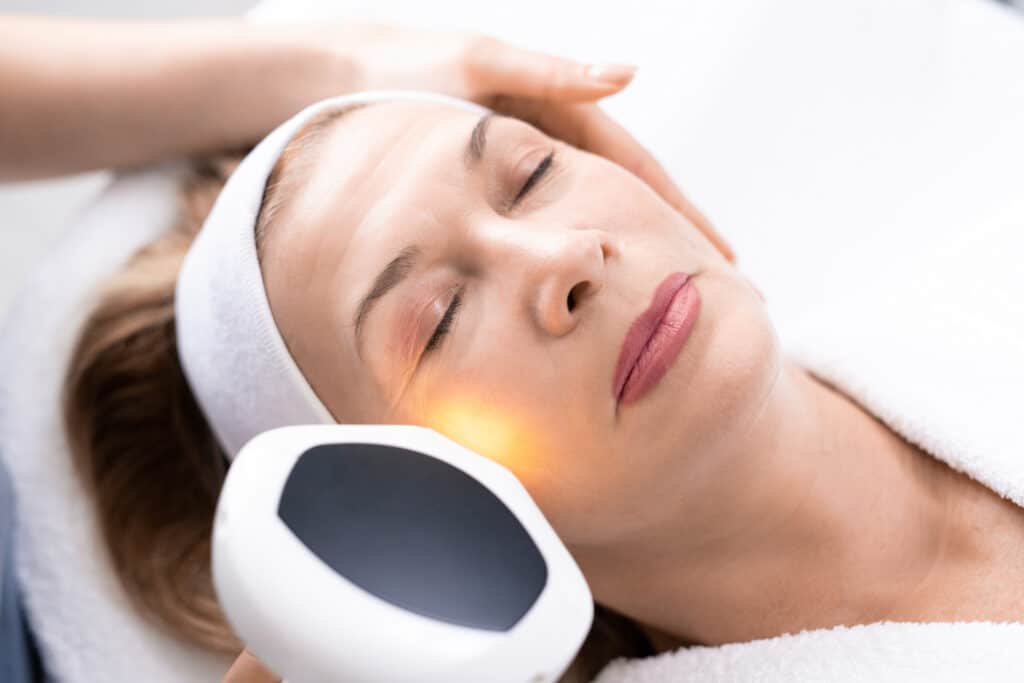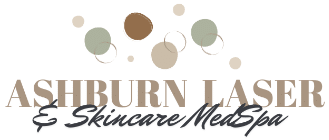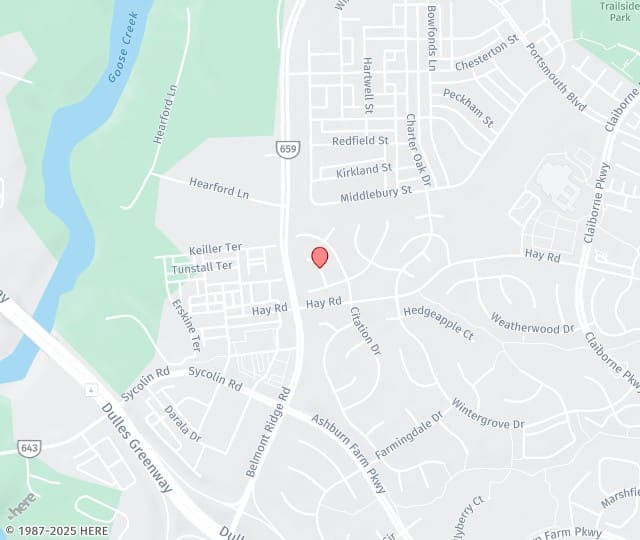In the world of skincare, two of the most popular and effective treatments for rejuvenating the skin are Intense Pulsed Light (IPL) and Laser Skin Resurfacing. Both treatments offer remarkable benefits in reducing the appearance of wrinkles, sun damage, age spots, and uneven skin tone, but they work in very different ways. Deciding between these two options can be challenging, but understanding the differences in how each treatment works, what they treat, and what you can expect from the procedure can help you make an informed decision.
In this blog, we will compare IPL and laser skin resurfacing to help you choose the right treatment for your skin goals.
What is IPL (Intense Pulsed Light)?
IPL (Intense Pulsed Light) is a non-invasive treatment that uses broad-spectrum light to target skin concerns like pigmentation, redness, and uneven skin tone. It is not a laser, but rather a light-based technology that emits pulses of light in different wavelengths. These wavelengths can penetrate the skin at varying depths, making it effective for treating a variety of skin issues.
IPL can target:
- Sun damage and age spots
- Rosacea and broken capillaries
- Uneven skin tone
- Acne and acne scars
- Fine lines and wrinkles
IPL works by delivering light energy to the skin, which is absorbed by the pigment or blood vessels beneath the surface. This energy breaks down the unwanted pigment and stimulates collagen production, which helps improve the texture and tone of the skin over time.
What is Laser Skin Resurfacing?
Laser Skin Resurfacing is a more advanced and precise technology that uses a laser beam to remove layers of damaged skin. There are two main types of laser skin resurfacing: ablative lasers (such as CO2 and Erbium lasers) and non-ablative lasers (such as fractional lasers). Both types of lasers work by targeting specific skin layers to stimulate collagen production and encourage skin regeneration.
Laser resurfacing can treat:
- Deep wrinkles and fine lines
- Sun damage and age spots
- Scars (including acne scars)
- Uneven skin texture and tone
- Large pores
Ablative lasers remove the outermost layers of skin, revealing fresh, new skin underneath. Non-ablative lasers work deeper within the skin without removing the top layer, focusing on stimulating collagen production and improving skin elasticity.
The experienced team at Ashburn Laser & Skincare MedSpa uses the nonablative Lumenis® M22™ ResurFX™ system for outstanding laser skin resurfacing that visibly brightens and smooths your complexion.
Key Differences between IPL and Laser Skin Resurfacing
- Technology and How They Work
- IPL uses broad-spectrum light, targeting pigment and blood vessels beneath the skin surface. It treats superficial concerns like pigmentation and redness by emitting pulses of light at multiple wavelengths.
- Laser Skin Resurfacing uses focused beams of light to treat more specific layers of the skin. Ablative lasers remove damaged skin layers to promote healing and skin regeneration, while non-ablative lasers target deeper layers without removing the skin’s surface.
- Treatment Areas
- IPL is primarily used for superficial skin issues such as pigmentation problems (sun spots, freckles) and vascular issues (redness, broken capillaries). It is great for treating overall skin tone and texture.
- Laser Skin Resurfacing is more effective for treating deeper skin concerns, including wrinkles, deep scars, and significant texture issues. Ablative lasers can treat more severe signs of aging, while non-ablative lasers are better for overall rejuvenation without downtime.
- Downtime and Recovery
- IPL is a low-downtime treatment, with most patients experiencing only slight redness or swelling immediately after the session. You can typically return to your normal activities within a few hours.
- Laser Skin Resurfacing (especially ablative treatments) involves longer recovery times. After an ablative procedure, you may experience significant redness, peeling, and irritation that can last up to two weeks, with results improving over several months. Non-ablative lasers typically have a shorter recovery time than ablative lasers, but still require some downtime.
- Effectiveness for Specific Concerns
- IPL excels in treating sun damage, pigmentation, and redness. It’s ideal for people looking to improve their overall complexion or reduce the appearance of minor pigmentation or rosacea.
- Laser Skin Resurfacing is more effective for treating deeper wrinkles, scars, and severe skin texture issues. It can also address concerns that IPL may not be able to reach, such as deep acne scars or significantly lax skin.
- Results and Number of Sessions
- IPL usually requires several sessions (typically 3-6) spaced a few weeks apart to achieve the best results. While it improves overall skin tone and texture, it may not be as effective for severe wrinkles or deep scars.
- Laser Skin Resurfacing typically delivers more dramatic, long-lasting results in fewer treatments, though it may require a longer recovery time. Results are often seen immediately after treatment but continue to improve as the skin heals and regenerates.
- Pain and Discomfort
- IPL is generally comfortable, with many patients describing it as feeling like a rubber band snapping on the skin. There is minimal discomfort, and no anesthesia is required.
- Laser Skin Resurfacing can be more intense, especially with ablative lasers. The procedure is often performed with local anesthesia or a numbing cream to ensure comfort. Non-ablative lasers tend to be less uncomfortable but still involve some sensation.
Which Treatment is Right for You?
When deciding between IPL and laser skin resurfacing, it’s important to consider your specific skin concerns, goals, and downtime preferences:
- If you’re looking for a non-invasive, quick treatment with minimal downtime to improve overall skin tone, texture, and mild pigmentation issues, IPL is an excellent choice.
- If you want to treat deeper wrinkles, significant scars, or more severe skin texture issues, laser skin resurfacing (ablative or non-ablative) may be more effective, though it involves longer recovery and more intensive treatment.
Choosing between IPL and laser skin resurfacing depends on the type of skin concerns you’re facing and the level of results you’re hoping to achieve. Whether you opt for the gentle, broad-spectrum light of IPL or the deep-reaching precision of laser resurfacing, both treatments offer incredible benefits to rejuvenate your skin and enhance your appearance.
While both IPL and laser skin resurfacing can significantly improve the appearance and health of your skin, but understanding the differences will help you make the right choice for your individual needs. At Ashburn Laser & Skincare MedSpa, we offer consultations to assess your skin and recommend the best treatment to achieve your goals.
Book a consultation with our skilled professionals today,
& let us guide you to the best solution for your skin’s needs!



